Nestled in Northern California, the Danville Mountains stand as a testament to the natural beauty and serene landscapes that define the region. Though less renowned than iconic landmarks like the Sierra Nevada or the coastal ranges, these rolling hills offer a unique blend of pastoral charm, vibrant wildlife, and tranquil seclusion. They beckon explorers, hikers, and nature lovers seeking an escape from the frenetic pace of urban life.
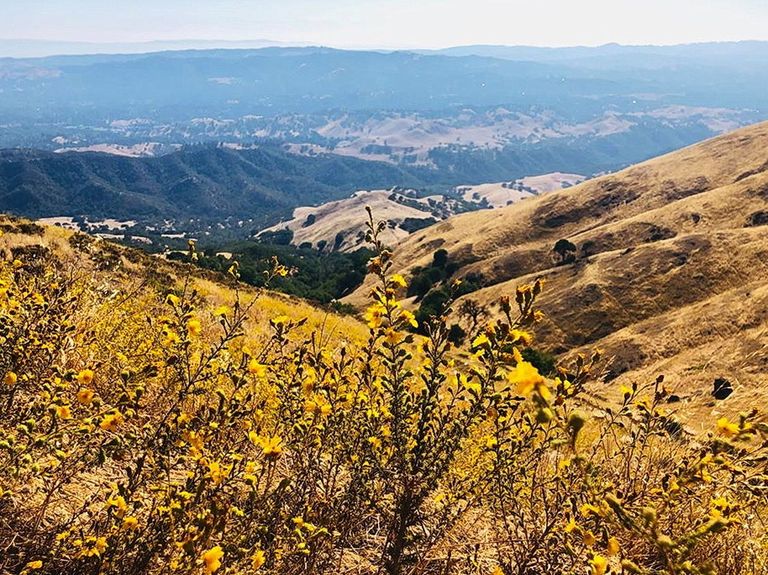
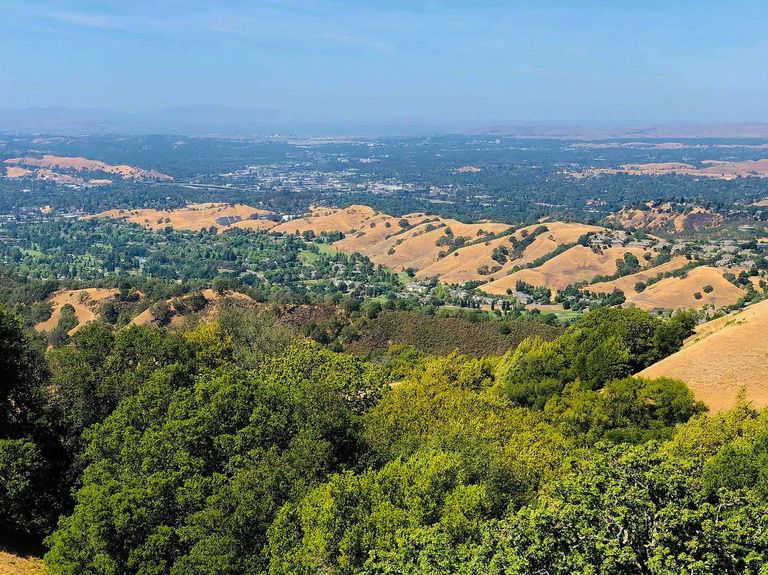

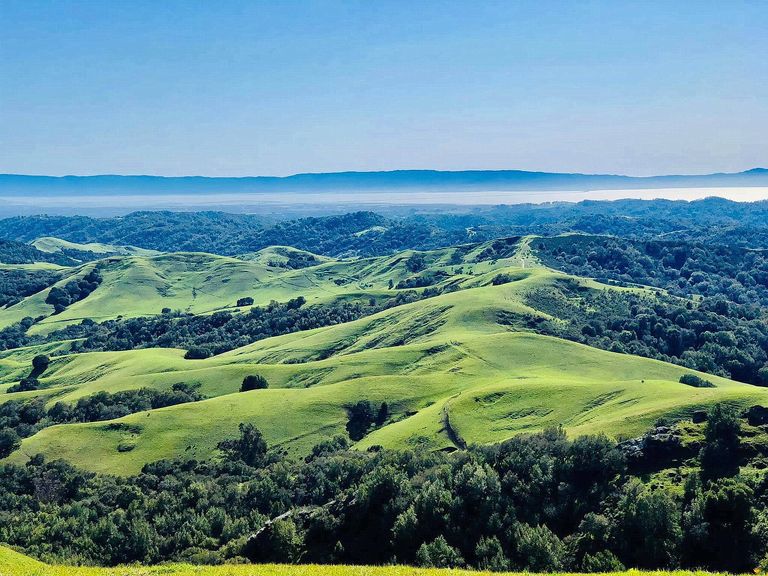
Geography and Topography
Located just east of San Francisco Bay, Danville rests at the heart of Contra Costa County. The landscape here is a harmonious interplay of gentle rolling hills and steep ridgelines, with elevations ranging from a few hundred feet to over 2,000 feet at its highest points. The hills are part of the Diablo Range, which extends from the Carquinez Strait in the north to the Tehachapi Mountains in the south.
One of the standout features of the Danville Mountains is their fluid topography. The rolling hills seem to stretch endlessly, creating a sense of openness and freedom. The undulating ridgelines, punctuated by narrow valleys, make for sweeping vistas that shift dramatically with the seasons. In the spring, the hills are blanketed in lush green grass, interspersed with vibrant wildflowers like California poppies, lupines, and mustard blooms. As summer progresses, the landscape transforms into a golden sea of dry grasses, casting a distinctive Californian glow across the region.
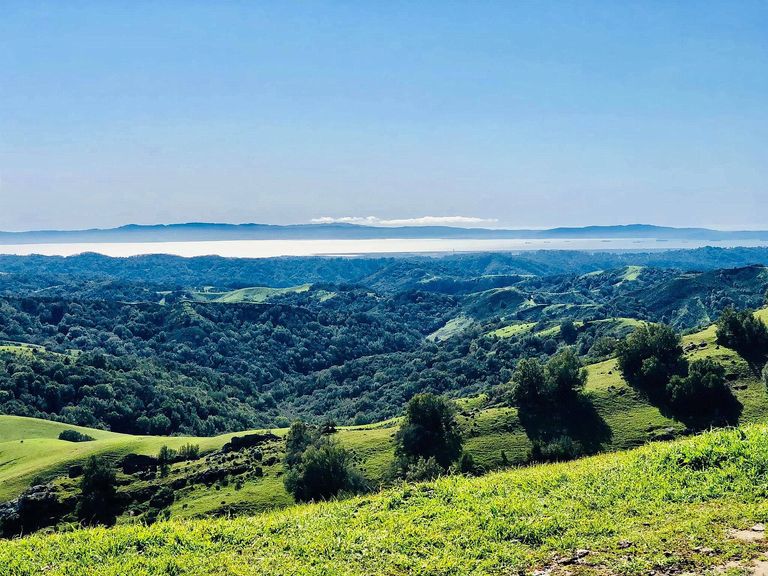
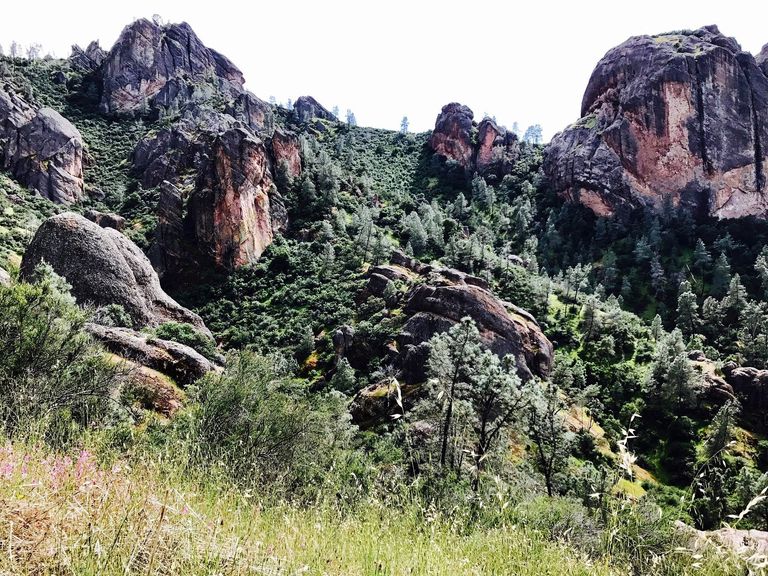
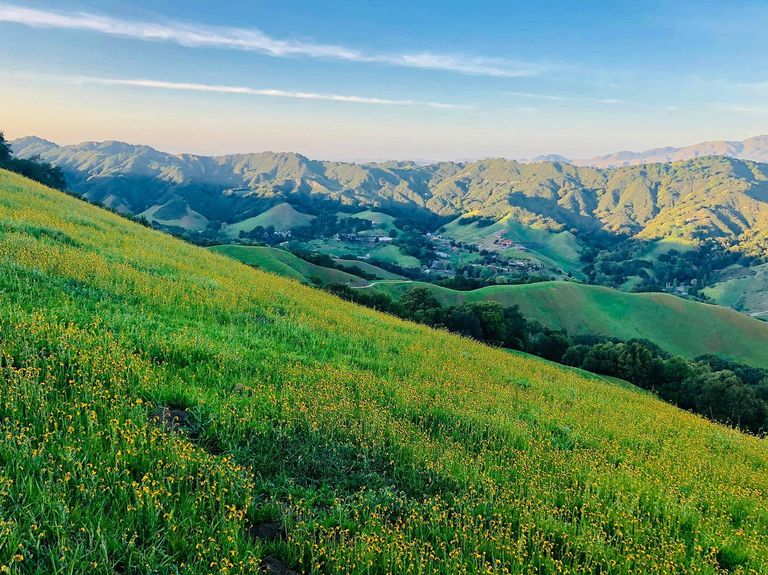
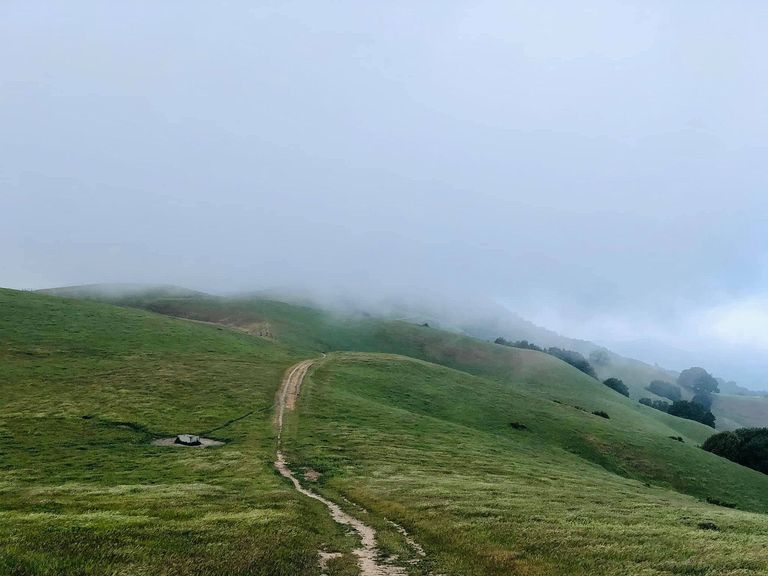
Flora and Fauna
The flora of the Danville Mountains is both diverse and uniquely adapted to the Mediterranean climate that characterizes much of Northern California. The region’s iconic oak woodlands are home to majestic coast live oaks and valley oaks, which dot the hillsides and provide critical habitat for a wide array of wildlife. The native grasslands support a mix of perennial bunchgrasses, wildflowers, and chaparral shrubs like manzanita and chamise.
In terms of fauna, the rolling hills are alive with movement. Deer are often seen foraging in the early morning or late afternoon hours, while red-tailed hawks soar gracefully above the hills in search of prey. Coyotes, bobcats, and the occasional mountain lion also call this area home, benefiting from the relative seclusion and abundance of natural resources. For birdwatchers, the Danville Mountains are a haven, with species like Western bluebirds, quail, and the striking yellow-billed magpie frequenting the region.
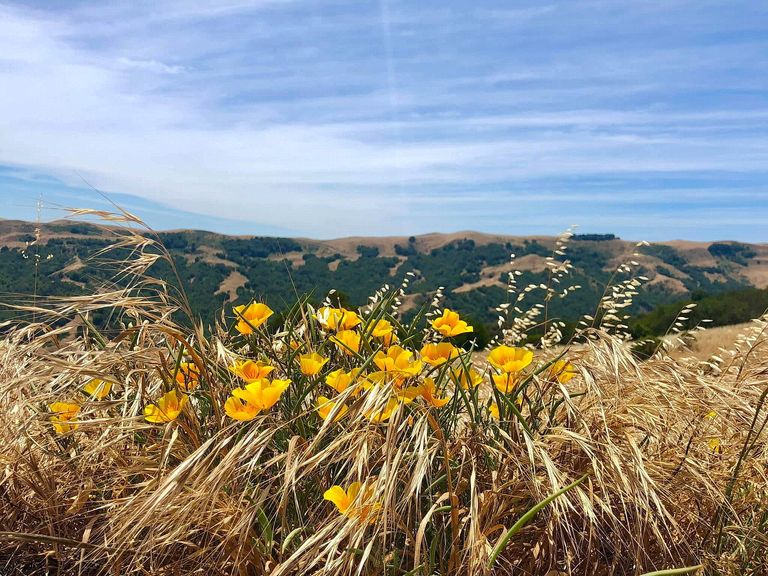

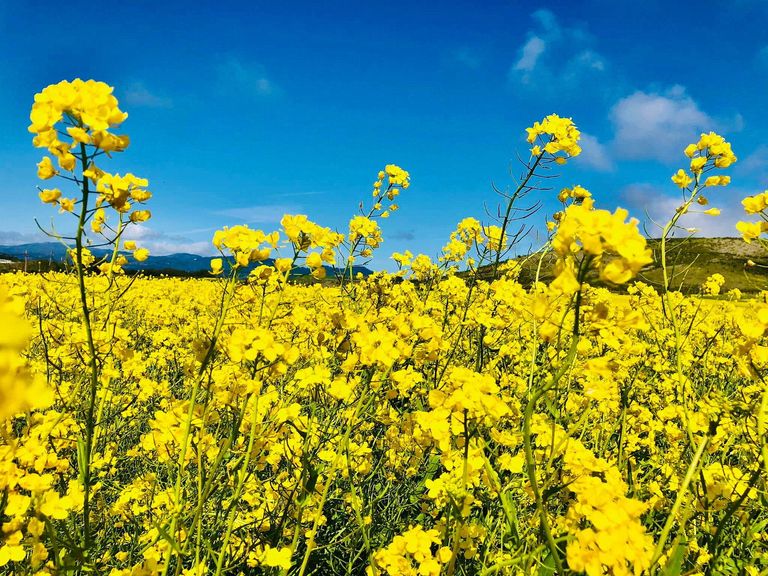
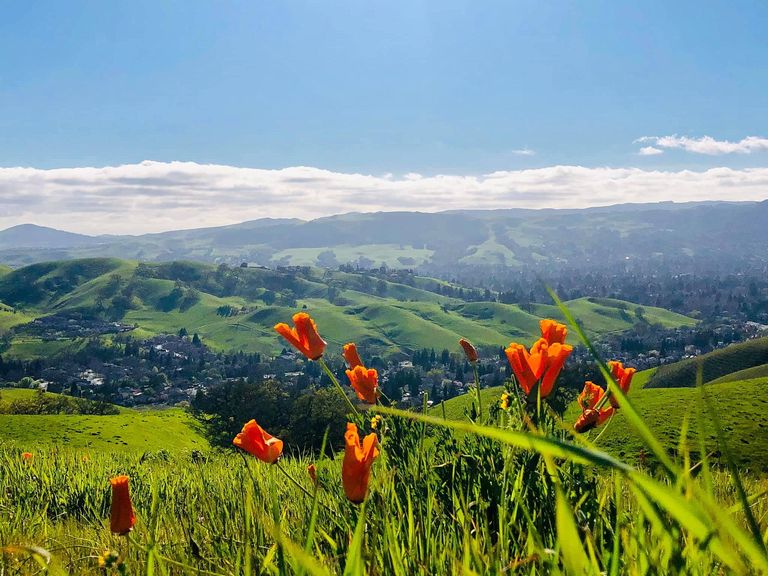
Recreational Haven
For those seeking outdoor recreation, the Danville Mountains offer a variety of activities that capitalize on the area’s natural beauty. Hiking trails wind their way through oak-studded hillsides and chaparral-covered ridges, providing stunning views of the East Bay and Mount Diablo. One of the most popular trails, the Las Trampas Ridge, allows hikers to traverse ridge lines while enjoying panoramic views of both the San Ramon Valley and the distant bay. The top of these ridges, often windswept and bare, offers a feeling of isolation and immersion in nature.
Cyclists are drawn to the region for its challenging terrain, with winding roads and steep ascents providing the perfect backdrop for both road biking and mountain biking. Meanwhile, photographers are constantly captivated by the way the light shifts across the landscape, particularly during the golden hours of sunrise and sunset. The gentle curves of the hills, coupled with the soft golden light of late afternoon, create a dreamlike setting that seems almost otherworldly in its tranquility
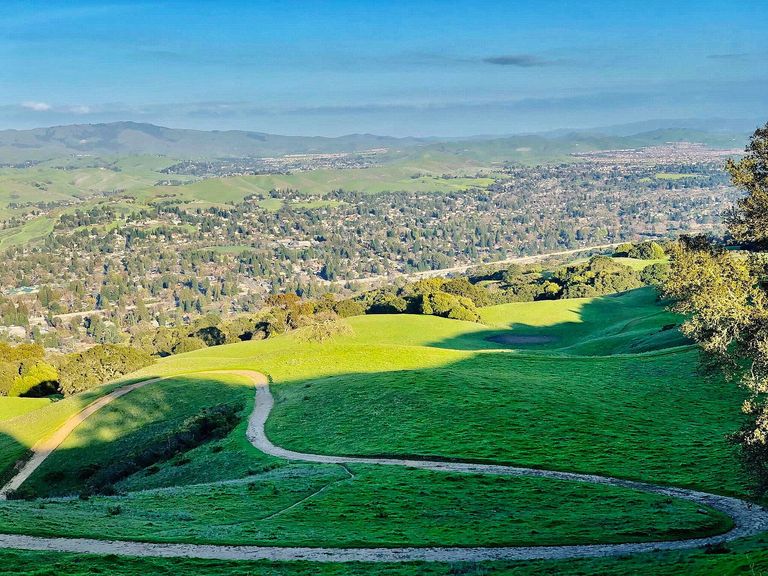
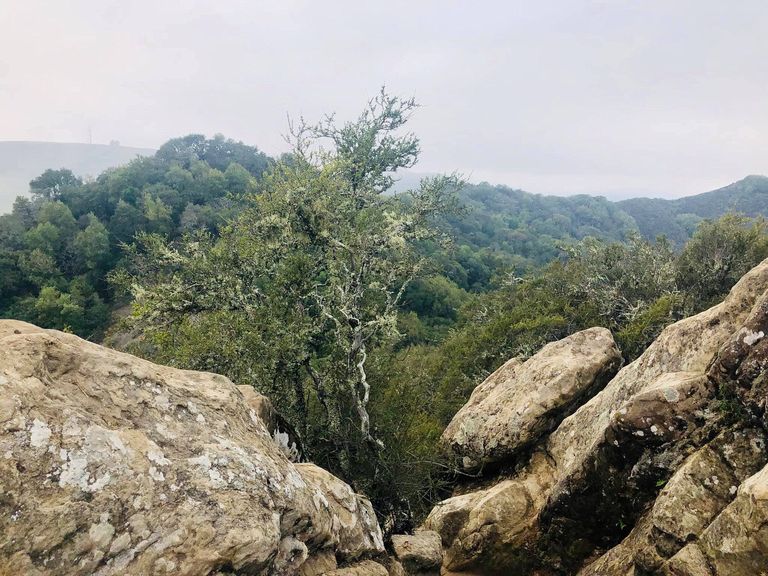
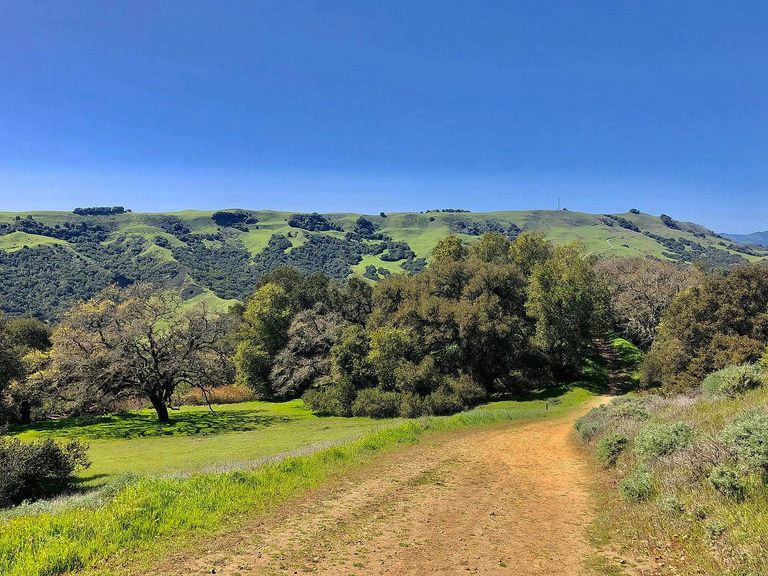
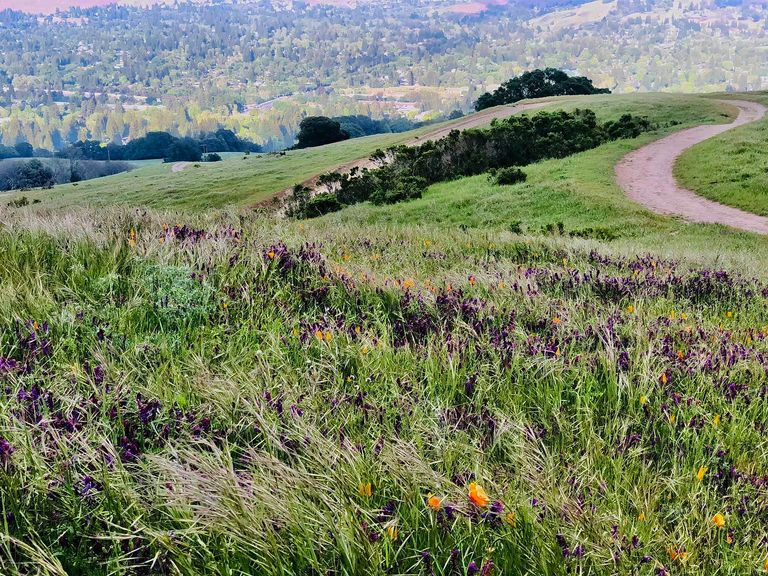
History and Culture
The Danville area, like much of Northern California, has a rich cultural and historical background. It was originally inhabited by the Bay Miwok tribe, who lived off the land and had a deep spiritual connection with the hills and valleys of the region. Later, during the Spanish colonial period, the area was part of the sprawling Rancho San Ramon, a land grant given to José María Amador.
In the 19th and 20th centuries, the fertile valleys surrounding the Danville Mountains were used extensively for agriculture, particularly for the production of almonds, walnuts, and fruit orchards. Today, remnants of this agrarian past can still be seen in the form of rustic barns, old homesteads, and agricultural terraces.

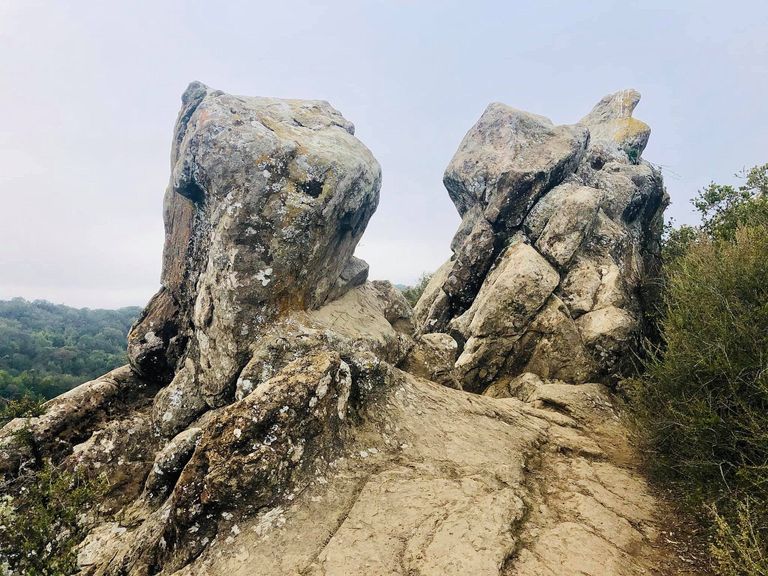
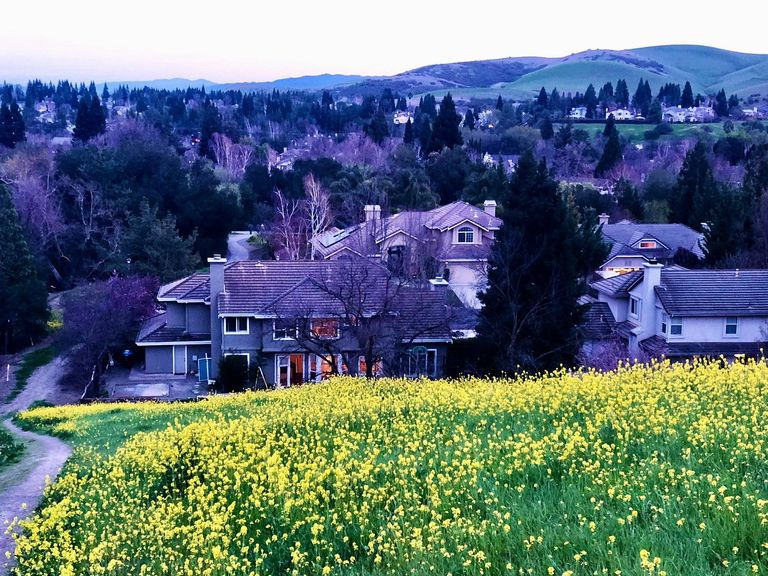
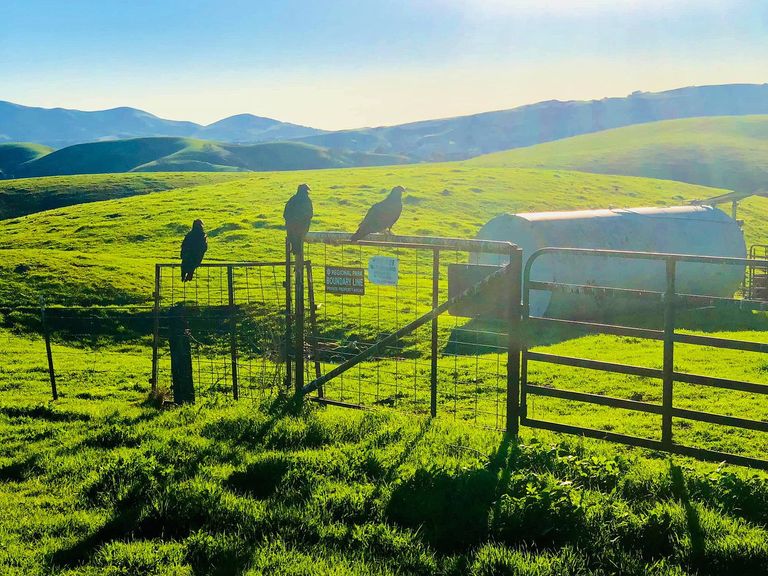
Conservation and Preservation
As the population of Northern California continues to grow, so too does the need to preserve the natural beauty of places like the Danville Mountains. Fortunately, there has been significant effort to conserve the open spaces and wildlife habitats of this region. Las Trampas Regional Wilderness, which encompasses much of the Danville Mountain area, is a testament to these efforts, offering 5,342 acres of protected land for future generations to explore and enjoy.
Local organizations, alongside the East Bay Regional Park District, work tirelessly to balance recreational use with environmental stewardship. Efforts to restore native vegetation, control invasive species, and maintain hiking trails ensure that the Danville Mountains remain a pristine natural refuge amid the urbanization of the surrounding areas.
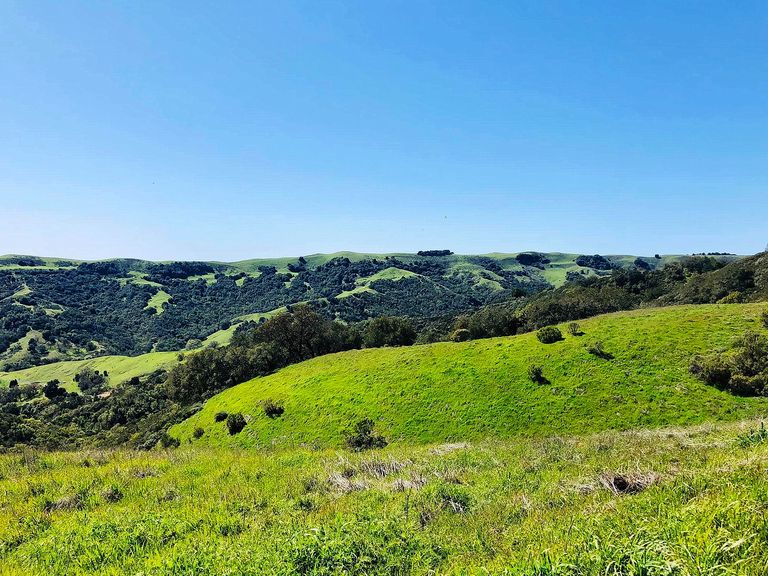
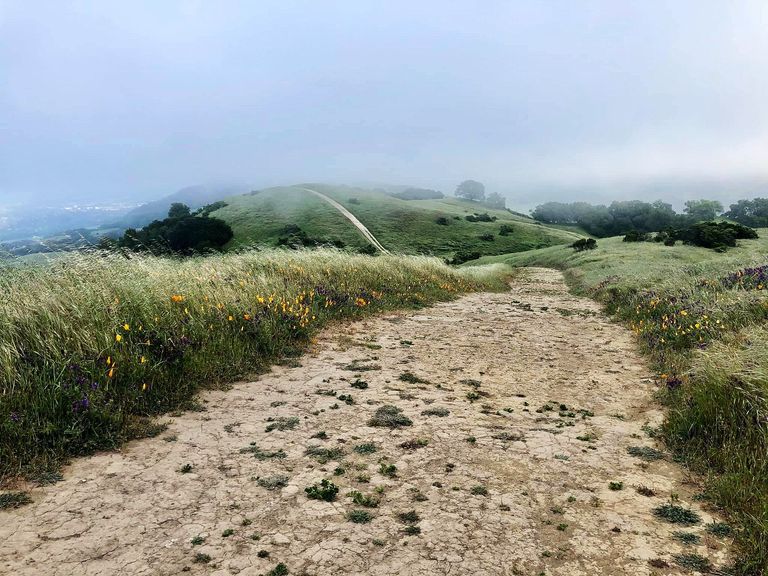
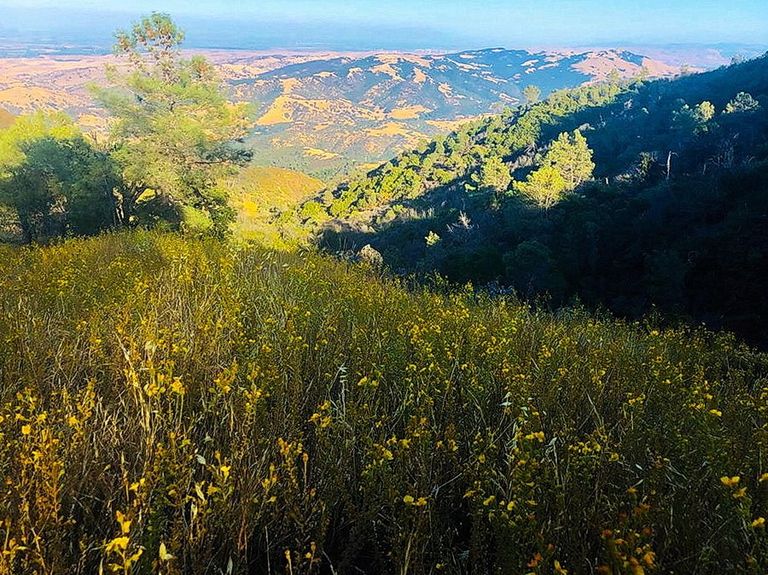
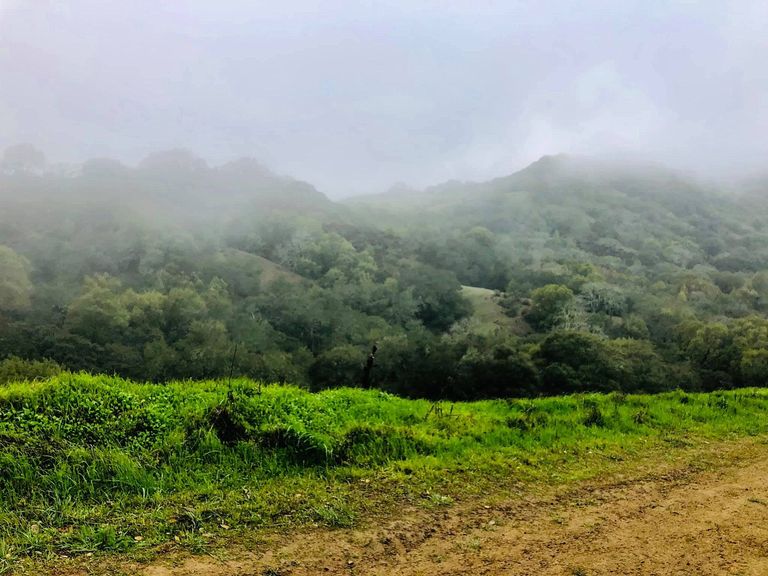
A Hidden Californian Treasure
While not as well-known as California’s towering Sierra Nevada or the coastal splendor of Big Sur, the Danville Mountains have a quiet, understated beauty that is deeply compelling. Their rolling hills, thriving ecosystems, and rich history make them a must-see for anyone seeking to experience Northern California’s diverse natural landscapes. Whether it’s for a day of hiking, a sunset picnic, or simply a drive through the countryside, the Danville Mountains offer an unparalleled sense of peace and connection with nature.
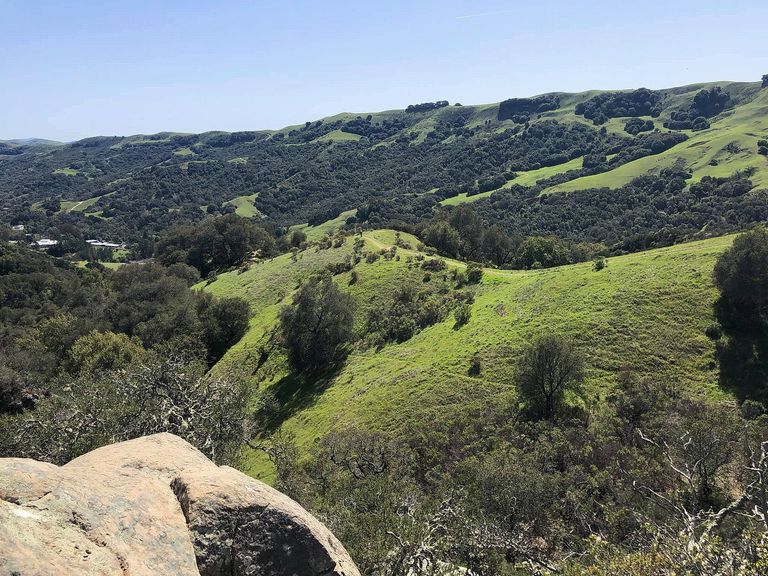
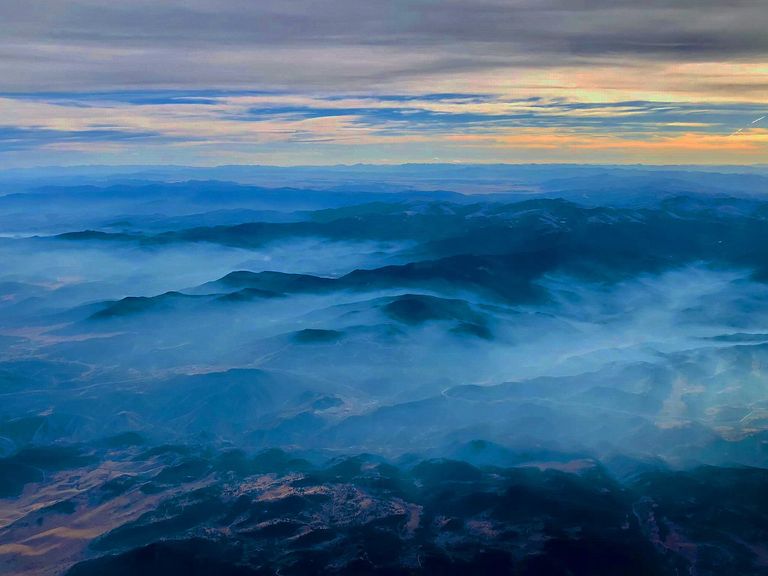
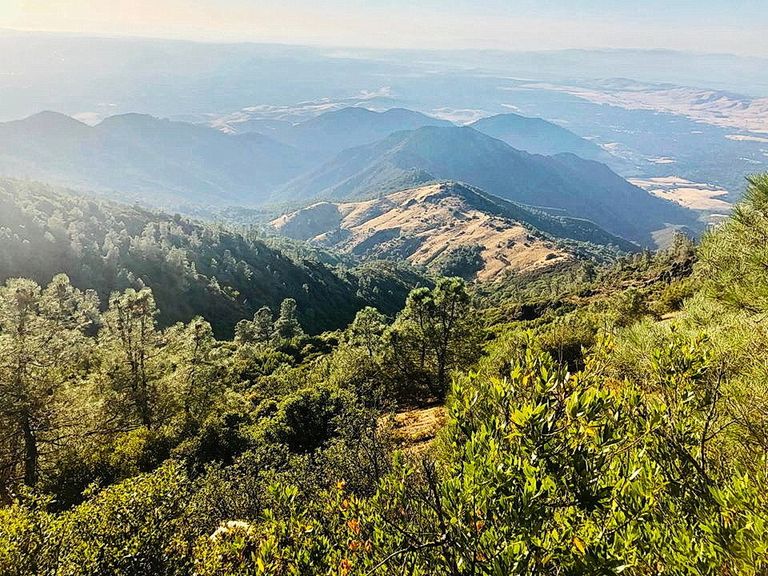
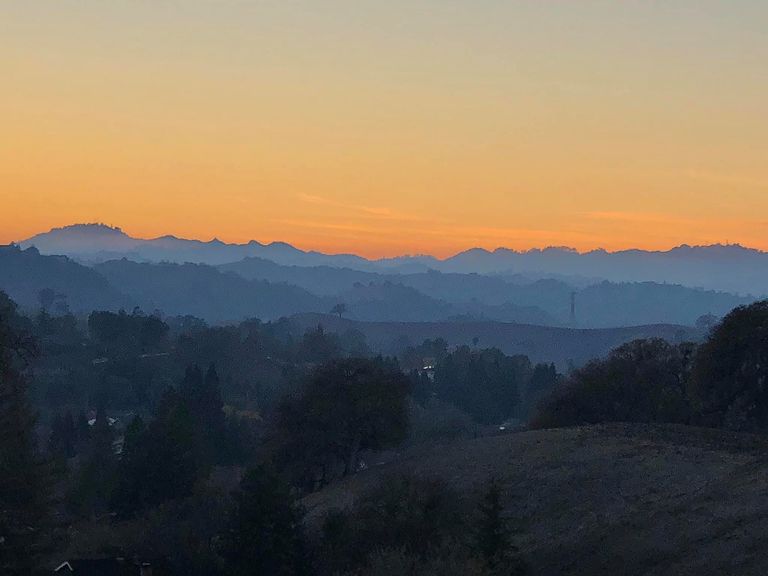

Wow 😳 this is so beautiful ❤️
Amazing vantage points you got there ❤️
Telegram and Whatsapp